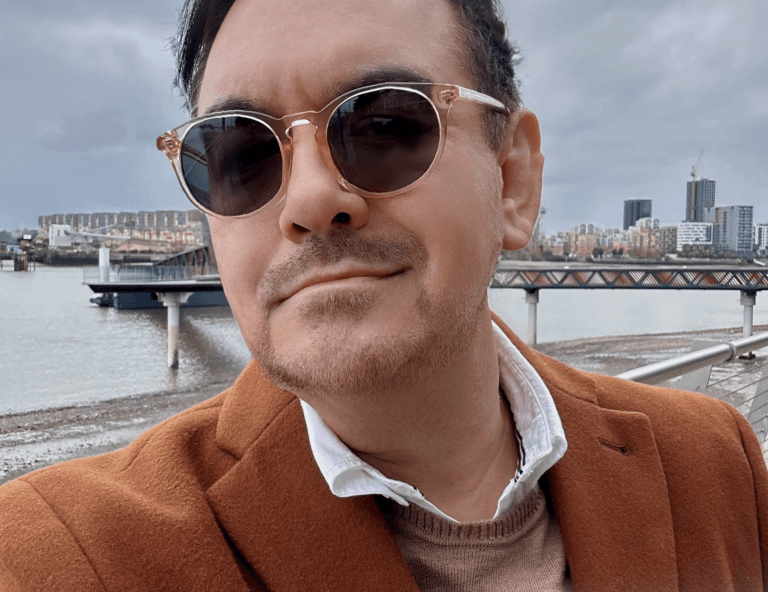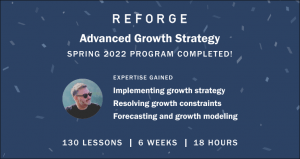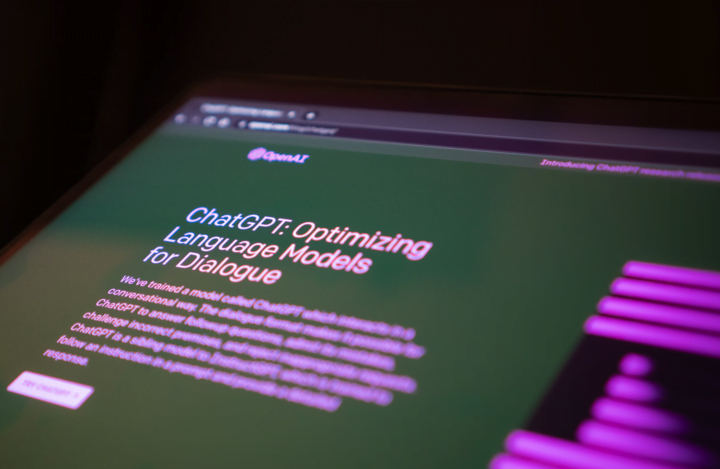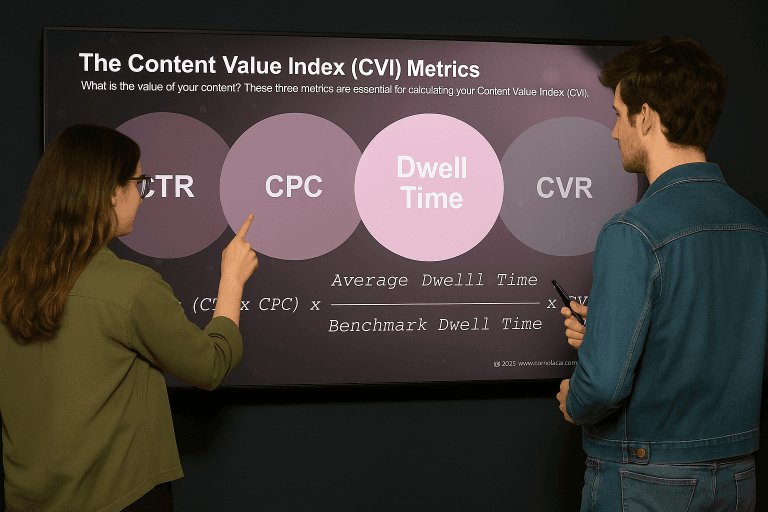TL;DR … too lazy to read?
You can now watch my AI-twin talk you through some of the key aspects of this blog post. It’s a little experiment I’m currently conducting.
Everything you see and hear was entirely made by AI, with exception of the transcript, which was written by the “real me”.

What is Growth? Depending on who you ask, you will get very different answers. This article is part of a short series on Growth and cross-functional Growth teams, where I focus on why mandate matters far more than labels.
In the next part of this series I look at the Composition of a Cross-Functional Growth Team, and how these teams fit and operate within a wider organisational matrix.
TL;DR
- Growth ≠ Marketing. It is not a rebrand, a channel, or a function.
- True Growth owns revenue and lifetime value end-to-end.
- Confusion emerged when acquisition-led roles were relabelled without changing accountability.
- A Growth team exists to close fragmented ownership across the user journey.
- Growth works only when mandate, empowerment, and leadership alignment are explicit.
Growth ≠ Marketing
Let’s dive straight into it. Growth is not marketing.
Why and when these two got mixed up is a discussion for the ages. It spans different approaches between the US and Europe and the re-branding of Digital Marketing and Performance Marketing into the euphemism now widely called ‘Growth Marketing’.
On the Product side, you will hear the same head-turner debates. Core Product versus Growth Product. Endless discussions about who owns what and when. All while demarcation lines are constantly being redrawn.
Just recently, a contact of mine joked that “there are different types of growth but only one with a capital G”. It is just as nonsensical, but poignant enough to justify capitalising the real Growth in this article from here on.
Will the real Growth please stand up! 😎
Growth is such a potent word that everyone wants a piece of it, worn like a badge of honour. I kid you not, I once saw a “Growth HR” role advertised.
Why Growth became such a mess
Growth is a powerful word. And power attracts ownership battles.
In an era dominated by VC logic, user growth often trumped product clarity and monetisation discipline. Teams optimised acquisition first and worried about value capture later. In some cases, this approach created category-defining companies without proven PMF or a revenue model in place. In most cases, it produced unsustainable businesses running on borrowed time.
Against that backdrop, acquisition-heavy roles were quietly rebranded as Growth.
- Heads of Marketing became Heads of Growth.
- Performance teams became Growth teams.
The title changed, but the mandate often did not.
A similar pattern played out in Product teams. Once a user was acquired and activated, Product typically owned onboarding and retention through product-led experience and automation. Isn’t that what Marketing does?
Well, yes. And that is where the confusion started to mushroom.
It should now be plain to see how a Head of Marketing or Head of Performance Marketing role became rebranded Head of Growth or Head of Growth Marketing.
So what is behind the euphemistic Growth titles in Marketing? It reminds me of the much-missed George Carlin and his infamous Airplane stand-up routine, where he cheekily questions why commercial pilots are referred to as a ‘captain’ when this accolade would traditionally be reserved for military pilots.
Doesn’t it feel similar to what’s happening in Growth? Why are we inflating and confusing everything?
And that is where a dedicated Growth team may come in.
What Growth actually owns
In the truest sense of the word, Growth is accountable for maximising revenue and lifetime value across the entire user journey.
That accountability cannot be partial.
In some business models, such as e-commerce B2C, Marketing may genuinely own most revenue and LTV levers. In others, particularly B2B SaaS and product-led businesses, Marketing controls only a fraction of the journey. Product, Sales, Product Marketing, and Customer teams all shape outcomes.
When ownership is fragmented, optimisation becomes siloed rather than a team effort.
This is the gap a true Growth mandate exists to close.
The role and mandate of a Growth team
A Growth team exists to own outcomes end-to-end. From first touch to long-term retention, its remit spans the full funnel and every meaningful user touchpoint.
Growth sits independently, augmented to Marketing, Product and, in B2B, also Sales and Customer Success.
In its ideal form, a Growth team:
- Holds responsibility for revenue and LTV outcomes, not just activity metrics
- B2C: operates across acquisition, activation, engagement, retention, monetisation, and pricing
- B2B: operates across demand, lead generation, pipeline acceleration, activation, onboarding, retention and churn, as well as pricing
- Translates business goals into measurable OKRs
- Defines and evolves value propositions and go-to-market approaches in close collaboration with Product and Marketing and, in B2B, also Sales and Customer Success
- Uses data as its primary operating system, testing, learning, and iterating continuously
This independence is not about empire building. It is about accountability.
Growth as enablement and innovation
Growth is best understood as a discipline of enablement and innovation.
Enablement means systematically reducing friction across the entire user journey. Every interaction should help users experience product value faster and more clearly.
Innovation means continually identifying, testing, and validating new ways to attract, engage, convert, and retain customers. Not through guesswork, but through structured experimentation grounded in data.
This end-to-end view is what distinguishes Growth from adjacent functions.
- Marketing attracts.
- Product builds.
- Growth connects.
When Growth works
Growth works when the mandate is explicit, ownership is clear, and expectations are aligned at leadership level.
Growth is not plug and play. Do not assume you will get it all right the first time. It is not a revolution, but an evolution as part of your digital transformation.
Teams need time to adopt new ways of working, to build confidence in experimentation, and to mature their decision-making. Leaders need to understand that progress is incremental and often invisible in the early stages.
Above all, Growth requires empowerment. Bottom-up ideation, cross-functional collaboration, and clear accountability are not optional. They are foundational.
Growth is not a department. It is a discipline. One that only works when the organisation is designed to support it.
Marketing attracts.
Product builds.
Growth connect.
Understanding the distinct nature of Growth (‘capital G’ and E2E!) compared to Marketing, will enable creating a Growth team that has the mandate to operate independently and self-sufficiently end-to-end (E2E) across the entire user journey and all touchpoints the user can experience; on- and offline.
Evolution than revolution
Allow the team to adopt the new approach and culture over time.
Equally, over-communicate this with your SLT ahead of assembling your Growth team and agree on expectations.
As a team you will gradually get stronger at identifying growth opportunities, you’ll build up confidence and quality across iterative, investment and big bet projects and over the evolution from Startup and Growth stage to Mature stage.
But don’t make the mistake assuming anyone outside your team or squad is aware of that and the timelines if it.
Team empowerment must be at the heart of how this Growth team operates and I will discuss the setup of a Growth team in detail in another article.
Aim at fostering a bottom-up culture, where every team member is encouraged to contribute with hypotheses and experiment ideas. This will enable creating a rich pipeline of potential growth drivers.
And remember, Growth is not just a single department’s responsibility but a collective effort that involves cross-functional collaboration, data-driven decision-making, and a relentless focus on delivering value to your customers.
Read next: Structure & strategy for Growth Teams
Defining Growth is only the first step. Our team composition, the ownership, and ways of working determine whether that mandate translates into impact. In part two of my series on Growth, I look at the cross-functional compositions Growth teams can be build around and how that structure supports shaping execution over time.















